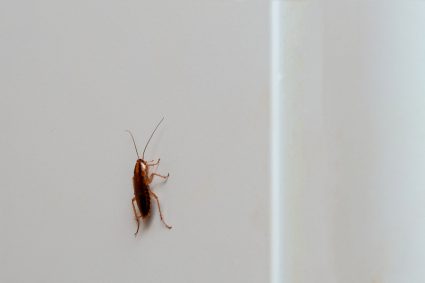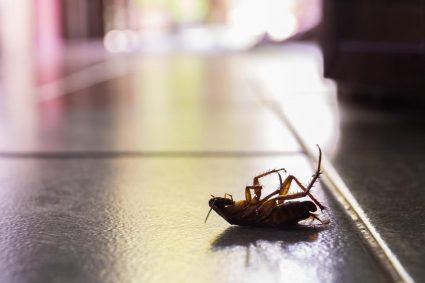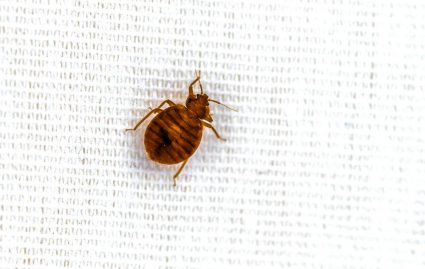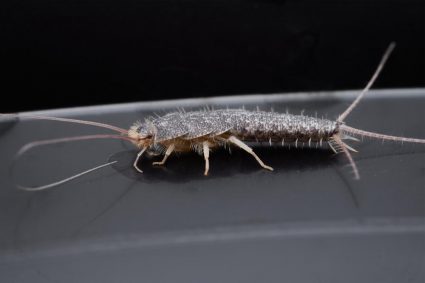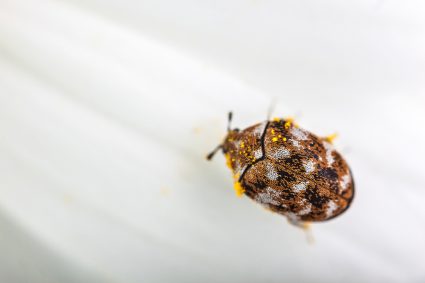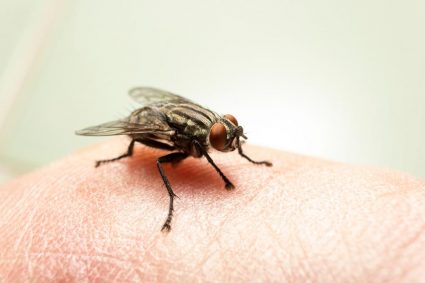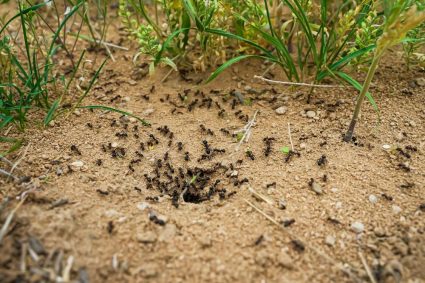
Fleas are tiny, wingless insects that have a reputation for being notoriously hard to kill. If you’ve ever had to deal with a flea infestation, you might find yourself asking, “Why won’t fleas die?” This article will delve into the reasons why these pesky parasites are so resilient, how their life cycle contributes to their survival, and effective strategies to eliminate and prevent them.
Fleas are notoriously hard to kill due to their rapid reproduction, complex life cycle, environmental resilience, insecticide resistance, difficulty in detection, longevity, and host-seeking behavior. To effectively eliminate fleas, it’s crucial to target all life stages, maintain regular cleaning and grooming routines, use effective flea treatments for pets, limit outdoor exposure, and use appropriate insecticides. Flea control is a continuous process that requires consistency and diligence.
Fleas’ Remarkable Resilience
Fleas are hard to eliminate for several reasons:
- Rapid reproduction: A female flea can lay up to 50 eggs per day, allowing a small number of fleas to quickly multiply and infest your home.
- Complex life cycle: Fleas have a four-stage life cycle, including egg, larva, pupa, and adult. To effectively eliminate fleas, you need to target all life stages, not just the adult fleas that you can see.
- Environmental resilience: Flea eggs, larvae, and pupae can survive in various environments, such as carpets, pet bedding, and furniture. This makes it challenging to eliminate them completely from your home.
- Insecticide resistance: Some flea populations have developed resistance to certain insecticides, making it harder to control them with traditional treatments.
- Difficulty in detection: Fleas are small and can be hard to spot, making it challenging to identify and treat infestations.
- Longevity: Adult fleas can live up to 100 days, and their eggs can remain dormant for extended periods before hatching, making it difficult to eliminate them completely.
- Host-seeking behavior: Fleas are excellent at finding hosts, such as pets and humans, to feed on. They can detect body heat, movement, and vibrations, making it easy for them to find a host and continue their life cycle.
Understanding Flea’s Life Cycle
Fleas undergo a complex life cycle, transitioning from egg to larva to pupa and finally to an adult flea. Each stage has its survival strategies, making it hard to eradicate fleas completely. Flea eggs are tiny and can easily hide in the environment, making them hard to spot and eliminate. The larvae stage involves the flea developing inside a cocoon, which provides protection from environmental hazards and treatments. Adult fleas are excellent jumpers and can quickly find a host for a blood meal, which they need to reproduce.
Understanding the flea’s life cycle is crucial in combating them effectively. By targeting specific stages of their life cycle, either through the use of specific insecticides or by interrupting their access to hosts, you can effectively reduce and potentially eliminate a flea infestation.
Ineffective Flea Treatments
There are several methods typically used to kill fleas, but they might be ineffective due to various reasons. Some common methods include:
- Topical prescriptions: These are applied directly to the pet’s skin and can kill adult fleas and stop new ones from hatching. However, it can take days for a topical medication to have full effect.
- Oral prescriptions: These pills or chewables get into fleas after they bite your pet. However, they might not be effective if not administered regularly or if the pet is not treated simultaneously with its environment.
- Pet-safe sprays: These can kill fleas on contact but may not be effective against all life stages of fleas. Moreover, many sprays for the home are not pet-friendly and could be toxic to animals.
- Washing pet’s bedding: Washing bedding in hot water and detergent can help kill fleas, but it might not be enough to eradicate the entire infestation.
Effective Flea Control Strategies
The most effective strategies for flea control and prevention include:
- Regular cleaning: Vacuuming carpets, rugs, and furniture regularly can help eliminate flea eggs, larvae, and adults.
- Flea treatments for pets: Use products containing fipronil, permethrin, or amitraz to control fleas on dogs and cats. Consult your veterinarian for advice on selecting the best flea-control product for your situation.
- Limit outdoor exposure: Limit the amount of time your pet spends outdoors and limit contact with wild and stray animals.
- Regular grooming: Bathe and brush pets regularly, and check for fleas regularly.
- Insecticides: Use insecticides containing IGRs like methoprene or pyriproxyfen for indoor flea control.
- Outdoor treatment: Apply outdoor sprays directly in locations where pets rest and sleep, such as doghouse and kennel areas, beneath decks, and next to the foundation.
- Preventive treatments: Maintain pets on a preventive treatment regimen using products like oral/chewable tablets or topically applied liquids known as spot-ons.
- Natural remedies: Some essential oils, such as citronella, eucalyptus, peppermint, tea tree, and rosemary, can help repel fleas. However, be cautious with essential oils as some can be toxic to pets if not diluted properly.
In conclusion, understanding the biology and life cycle of fleas can provide insights into why they are so hard to kill and how to effectively eliminate and prevent them. Remember, flea control is not a one-time event but a continuous process that requires consistency and diligence. By implementing the strategies outlined above, you can keep your home and pets flea-free.


